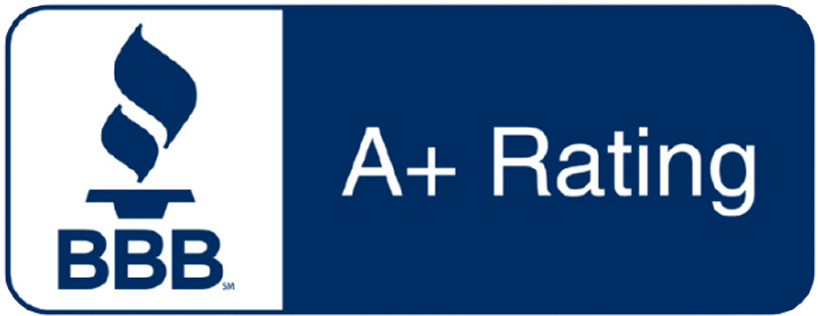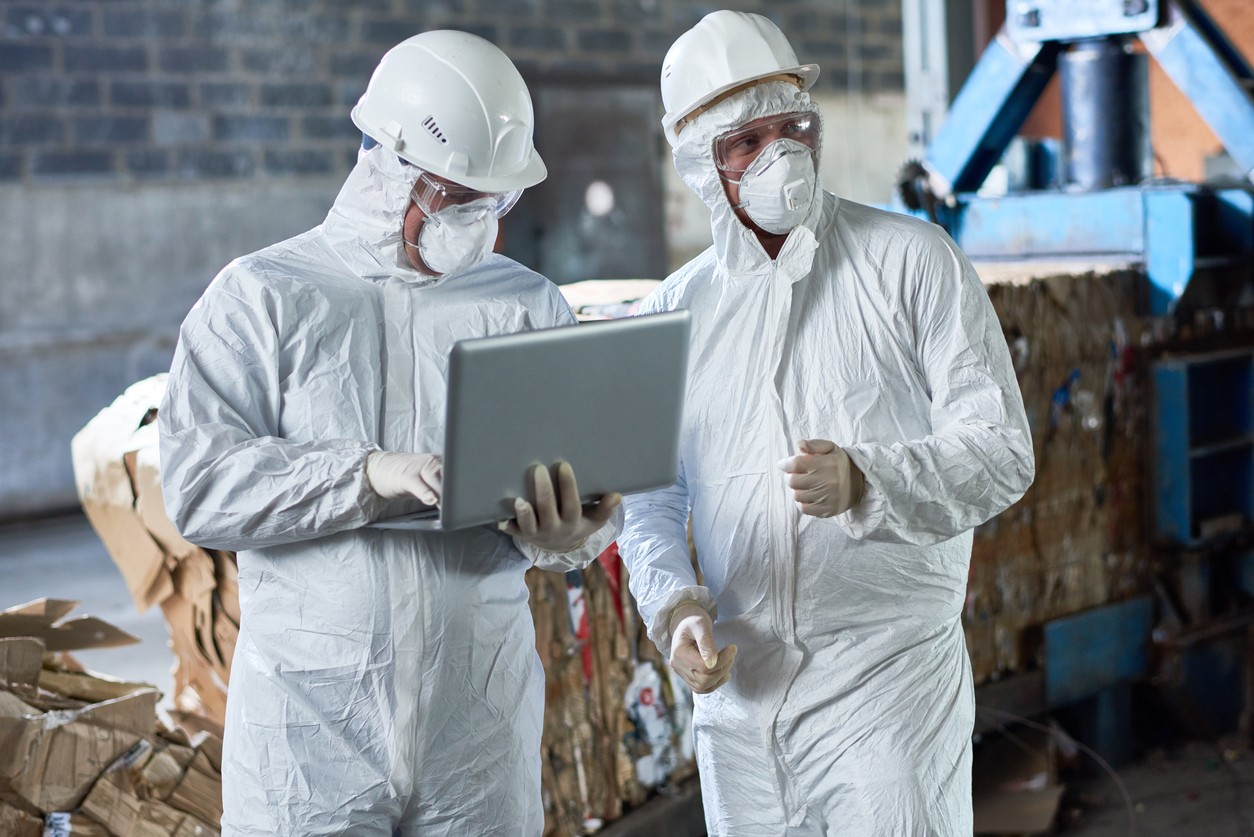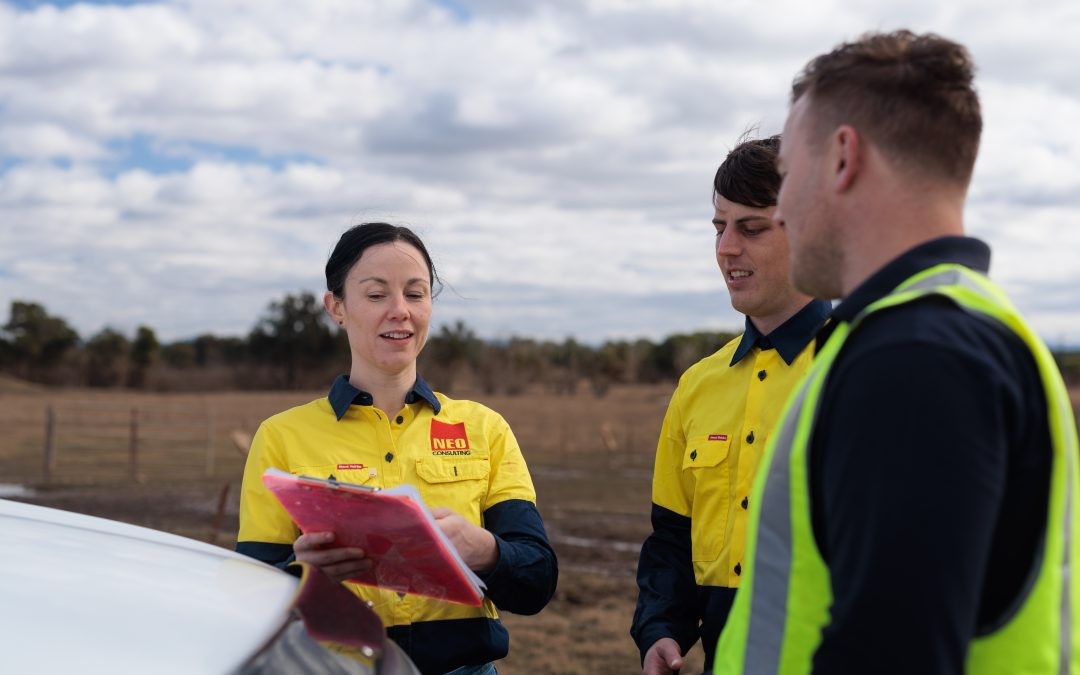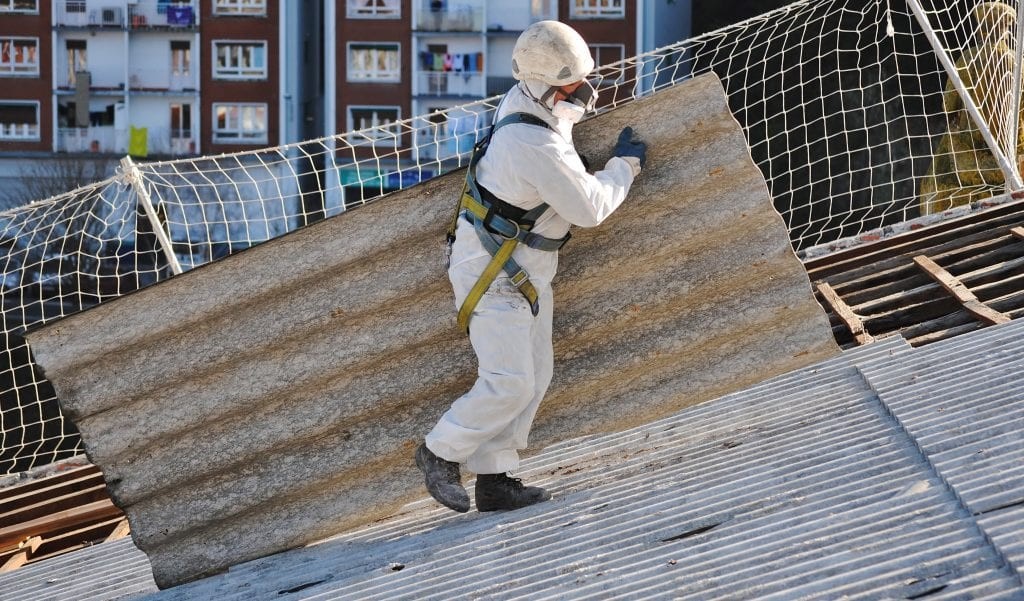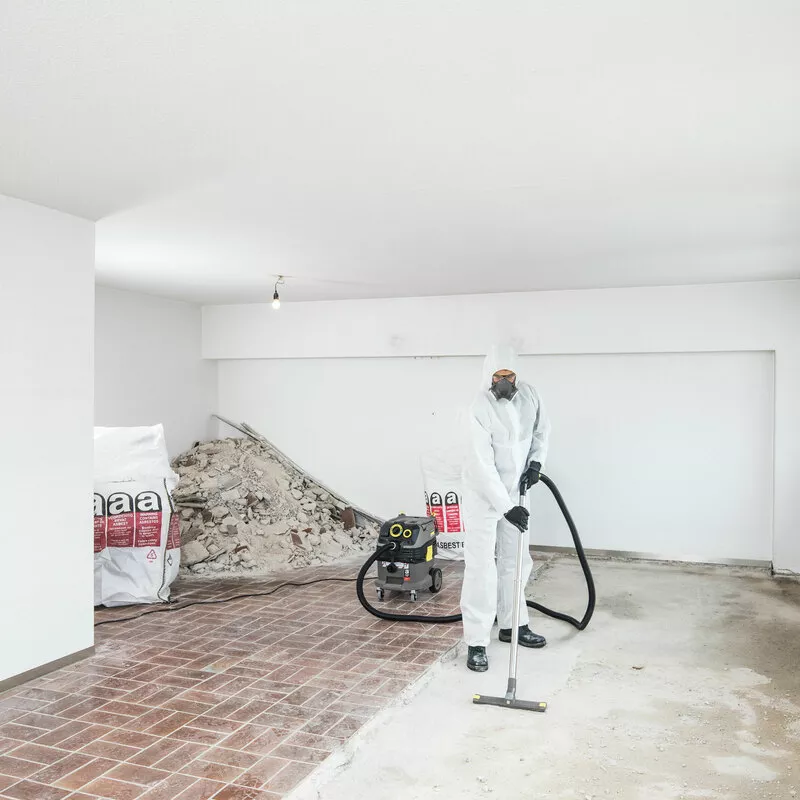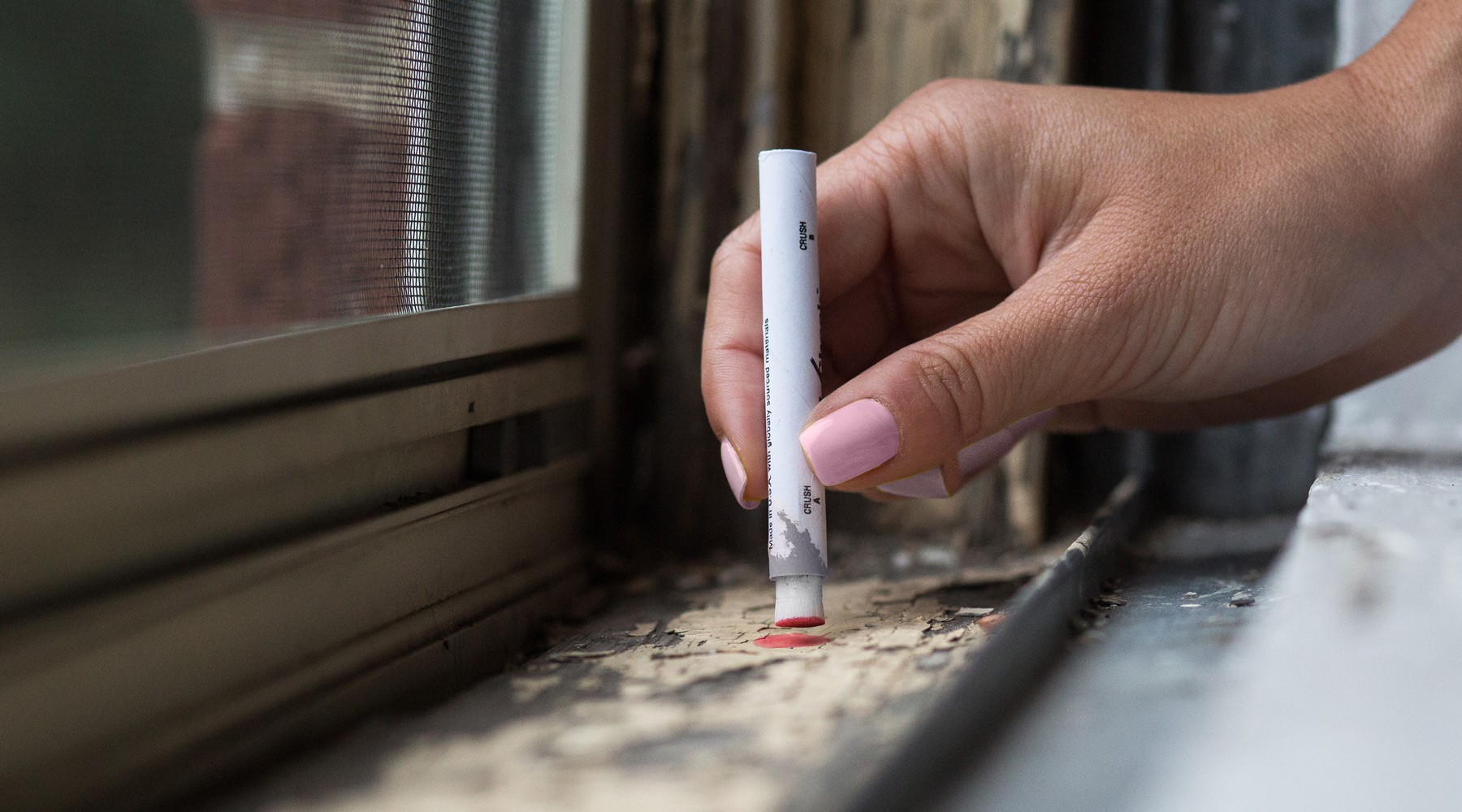In any building or development project, safety comes first. One of the most crucial—but often overlooked—steps in ensuring a safe work environment is a Hazmat Survey. Short for Hazardous Materials Survey, this specialized inspection identifies and assesses materials in a building that could pose serious health and environmental risks.
Whether you're planning demolition, renovation, or property acquisition, here’s what you need to know about hazmat surveying.
🔍 What is a Hazmat Survey?
A Hazmat Survey is a systematic inspection of a property to locate, identify, and assess hazardous materials such as:
-
Asbestos
-
Lead-based paint
-
Mold and biological hazards
-
Mercury
-
PCBs (Polychlorinated Biphenyls)
-
Chemical residues
-
Fuel/oil contamination
These materials, if disturbed, can become airborne or leach into the environment, posing serious health risks to workers and occupants.
🧱 Where Hazmat Surveys Are Needed
Hazmat surveys are commonly required in:
-
Buildings built before 1990 (especially for asbestos and lead)
-
Industrial sites
-
Hospitals, schools, and commercial facilities
-
Demolition and renovation projects
-
Fire or flood-damaged properties
They're also frequently requested during real estate transactions, environmental audits, or when applying for construction or demolition permits.
⚠️ Why Hazmat Surveys Are Important
Hazmat surveys protect:
✅ People
Exposure to asbestos, lead, mold, and other toxic substances can cause long-term illnesses, including cancer, respiratory disease, and neurological damage.
✅ Projects
Unidentified hazards can delay construction, increase costs, and trigger regulatory penalties.
✅ Property & Environment
Proper identification and safe removal prevent contamination of soil, water, and air.
🧪 What Happens During a Hazmat Survey?
A certified hazmat professional will:
-
Inspect the Site
Visually survey all accessible areas of the building. -
Collect Samples
Take material, air, or dust samples from suspect areas. -
Laboratory Testing
Analyze samples for the presence of hazardous substances. -
Report Findings
Provide a detailed report identifying:-
Types and locations of hazardous materials
-
Risk levels
-
Legal compliance status
-
Recommendations for removal or remediation
-
-
Compliance Support
Help ensure you're aligned with local, state, and federal regulations.
🧑🔧 Who Can Perform a Hazmat Survey?
Only qualified professionals with certifications in environmental health, industrial hygiene, or hazardous materials handling should perform a hazmat survey. In many regions, licensing is legally required.
Look for credentials such as:
-
AHERA-certified asbestos inspectors
-
EPA Lead Risk Assessors
-
Certified Industrial Hygienists (CIHs)
📋 What Happens If Hazards Are Found?
If hazardous materials are detected, the next steps typically include:
-
Risk assessment
-
Development of a remediation or abatement plan
-
Hiring licensed removal contractors
-
Clearance testing after cleanup
🛠️ When Should You Get a Hazmat Survey?
You should schedule a hazmat survey if:
-
You're planning demolition or renovation
-
You're buying or selling an older property
-
You're managing a facility built before 1990
-
There’s been a chemical spill, flood, or fire
-
A regulatory agency requires environmental documentation
🧾 Legal and Regulatory Requirements
Regulations vary by country and region, but many jurisdictions require a hazmat survey before:
-
Issuing building or demolition permits
-
Occupancy certification
-
School or commercial facility renovations
Non-compliance can lead to project delays, fines, or legal action.
Conclusion: Start Safe, Stay Safe
Hazmat surveying is more than just a regulatory requirement—it's an investment in health, safety, and project success. By identifying hazardous materials before they become a problem, you protect your team, your timeline, and your bottom line.
📞 Need Help with a Hazmat Survey?
Our certified environmental consultants provide comprehensive hazmat surveys tailored to your project needs. Contact us today for a free consultation or site assessment.

